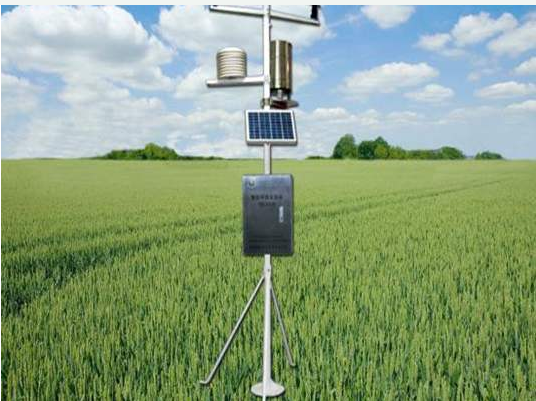How are carbon dioxide sensors useful in meteorological monitoring systems?
Not long ago, sensors from the National Oceanic and Atmospheric Administration (NOAA) Mauna Loa Weather Station monitored an alarming amount of data. The concentration of carbon dioxide (CO2) in the atmosphere has exceeded 415 ppm, which means that the mass of CO2 exceeds 4.15% of the total mass of the atmosphere, creating the highest record ever.
We all know that carbon dioxide is the most important greenhouse gas. At present, cities are the largest source of carbon dioxide emissions, accounting for more than 70% of the world's total emissions. In recent years, the concentration of carbon dioxide in the atmosphere is still rising rapidly. Ralph Killing, the project leader of the Scripps Institution of Oceanography, has been tracking changes in carbon dioxide concentration. He said his average growth rate is still at an all-time high. This year, it has increased by 3 ppm over last year, and the average growth rate in recent years has been 2.5 ppm per year. A University of Michigan study found that the concentration of carbon dioxide in the atmosphere may soar to the level of 56 million years ago by the middle of the next century.
Therefore, in view of this situation, many cities have established meteorological monitoring stations. Meteorological monitoring systems are an important part of modern meteorological service systems. This is an important basis for improving the ability of public meteorological services and improving the accuracy of weather forecasting.

The basic principle of a weather station is that internal sensor components convert changes in meteorological elements into corresponding changes in electrical signals. This change is collected by a data collector controlled by a single-chip microcomputer, linearized and scaled to achieve data conversion and quality control. After preprocessing, the real-time value of each meteorological element is obtained, and then transmitted by the communication module to the microcomputer of the central station.
There are many types of sensors used in weather stations, such as carbon dioxide sensors, oxygen sensors, temperature and humidity sensors, and wind speed sensors. These sensors can accurately detect what needs to be measured, and ultimately output as a visual signal.
In addition, small weather stations can also be established in the agricultural field. The agricultural meteorological station is composed of three parts: meteorological sensor, meteorological data collector and meteorological software. The agricultural meteorological system adopts a modular design, which can flexibly increase or decrease the corresponding modules and sensors according to user needs (measured meteorological elements), which can meet the needs of various users conveniently and quickly.
British GSS infrared carbon dioxide sensor (NDIR CO2 sensor) COZIR-A
Infrared carbon dioxide sensor (NDIR CO2 sensor) COZIR-A is a high-performance CO2 sensor with low power consumption (3.5mW), ideal for battery-powered products and portable devices.
South Korea's SOHA anti-high humidity infrared carbon dioxide CO2 sensor module SH-NDC can also be used in weather stations. In addition, the industrial mining network recommends an oxygen sensor to you: the British SST fluorescent oxygen sensor LOX-02, LuminOx measures oxygen partial pressure and temperature. The external pressure sensor can make the sensor output the oxygen concentration value and the air pressure value; combining the traditional low power consumption advantages of the electrochemical sensor, the non-consumption sensing principle makes it have a longer life.
If you want to know more, our website has product specifications for carbon dioxide sensors, you can go to ALLICDATA ELECTRONICS LIMITED to get more information

